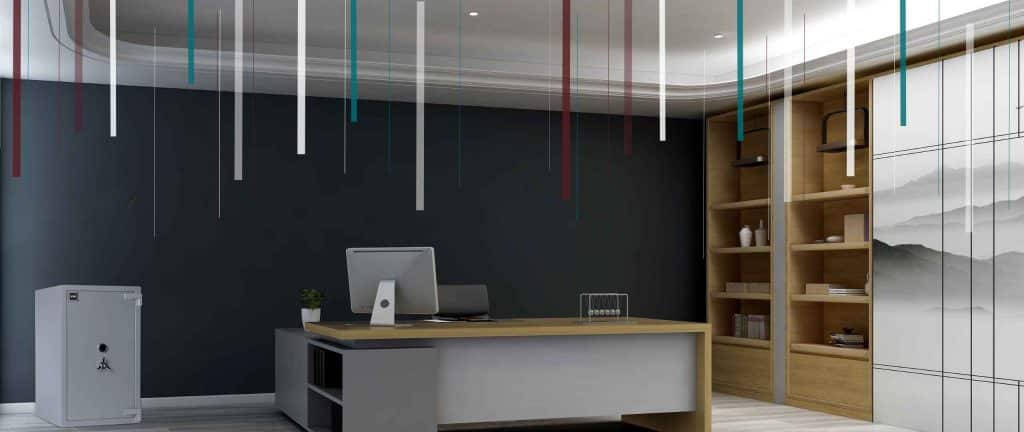Best Locations for Safes in an Office
Ensuring the security of physical assets and sensitive information is crucial for any business. One effective way to protect these valuables is by using a safe. However, the benefits of having a safe can be significantly enhanced by placing it in an optimal location and installing it correctly. This blog discusses the best locations for safes in an office and provides useful installation tips.
Optimal Locations for Office Safes
1. Near Surveillance Points Positioning a safe near areas with existing security measures, such as surveillance cameras, can add an extra layer of protection. This location not only deters potential thieves but also ensures that any attempts to tamper with the safe are recorded.
2. Inaccessible to Visitors It is advisable to place safes in areas that are not commonly accessed by visitors. Private offices or restricted areas where only trusted employees can enter are ideal. This reduces the exposure of the safe to casual observers and potential burglars.
3. Near the Office Manager or Business Owner’s Desk Placing a safe in or near the office of a manager or business owner allows for constant oversight and quick access when needed. This can be especially useful for safes used daily, such as those storing petty cash or sensitive documents.
4. Fire-Safe Areas In the event of a fire, the location of the safe can determine whether its contents survive. Installing safes in locations with reduced fire risk — away from kitchens or industrial equipment that might pose fire hazards — is critical. Additionally, consider areas with good structural integrity that might withstand collapsing fixtures during a fire.
5. Ground Floor for Heavy Safes For particularly heavy safes, the ground floor can be a practical choice to avoid structural damage to the building. Ensuring that the floor can support the weight without additional reinforcement is also essential.
Installation Tips for Office Safes
1. Secure Anchoring To prevent easy removal, anchor the safe securely to the floor or wall. Use appropriate bolts and reinforcements depending on the surface material (concrete, wood, etc.). For wall-mounted safes, ensure the wall stud or masonry can support the safe’s weight over time.
2. Professional Installation Considering the complexity of securely installing a safe, hiring professionals is often a wise choice. They can assess the environment and ensure that the installation meets security standards and that the safe operates correctly.
3. Concealment While not always possible, concealing the safe behind a false wall, within a cupboard, or under a false floor panel can provide an additional security layer. This makes the safe less of a visible target for thieves.
4. Regular Maintenance Regularly check and maintain the locking mechanism and the safe’s overall condition. This can prevent malfunctions that may either lock you out or fail to secure the contents properly.
5. Upgrade Locking Mechanisms Consider upgrading standard locks to more sophisticated systems, such as biometric locks or those with time delay features. Advanced locking mechanisms offer higher security and can be tailored to meet specific business needs.
Choosing the right location and correctly installing a safe are keys to maximising its effectiveness. By following the tips outlined above, businesses can enhance the security of their safes, thereby protecting their most important assets more effectively.
Our Installation team consist of highly proficient engineers holding DBS and Master Locksmith MLA certifications are at your service all around the UK round the clock.
If you needed help with Safe Delivery & Installation, Service & Maintenance, or Relocation & Removal you are only a call away from our expert team. You can contact us on 0141 554 1170 or alternatively fill in the form in our contact page.


